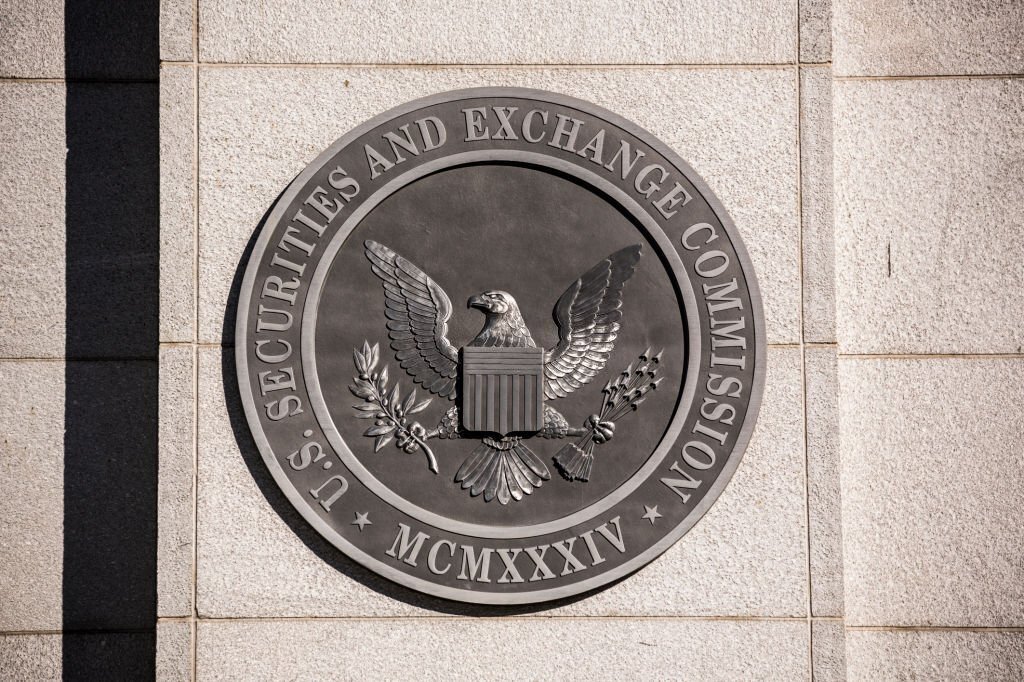From the August 2010 Issue
Fran Distributing Company saw the economic downturn strike home in the fall
of 2009: Cash reserve hit near bottom, reports continued to show orders were
down and CEO Fran Rodgers got a letter from the bank stating that it was reducing
their credit line by half.
It was always a point of pride that Fran Distribution (not the real name)
was a regional leader in their medical and electronics parts business. Their
well-stocked warehouse had separated them from the competition, and their strong
cash position and flexible line of credit supported that business model for
15 years. Now the dynamic had changed. What options were there for an inventory-intensive
parts distribution company?
INVENTORY WAS SACRED
Their broad inventory selection had always been the differentiator, and Fran
was not willing to change that or their rapid delivery service. Her questions:
- Could they reduce their cash needs without impacting service?
- Could they change any processes to reduce the financial burden of their
large inventory? - Could some inventory carrying or fulfillment expenses be cut?
- How much could their current system help?
They started with a physical inventory to identify any discrepancies between
what their system showed and what they actually had in inventory. Many were
surprised at the difference in the two numbers. As they began to “peel
the onion” to find the reasons, they uncovered their inefficiencies. Among
them was the old accounting system. It was good for producing financial reports
that kept the accountant happy, but where was the operational detail about customers
and inventory? There was more information Fran Distributing needed. They came
up with a list of five areas to be addressed immediately ($$$$ = opportunity
for cost savings):
1. Expiration Dates: Two of the product lines they carried
had items with expiration dates. They had no process to identify this important
information when the items were received into inventory. So when they did
this inventory count, they discovered that nearly 15 percent of their goods
from these suppliers had expired, reducing their value to zero ($$$$). It
was like burning money.2. Rush Shipments: They were meeting the company mission to
deliver quickly to customers, but it was a shocker to see nearly 20 percent
of their customer orders required a rush shipment from their supplier due
to being “out of stock.” Fran Distribution incurred extra shipping
expense ($$$$) and an additional loss because volume price breaks were often
eliminated ($$$$) when purchasing smaller quantities for these rush orders.
This was another case of burning money, where the goal to keep customers happy
with fast delivery was reducing margins dramatically.3. Alternative Parts: As they counted inventory, they noticed
some anomalies, one of which was that battery orders stood out. Fran stocked
brand names like Duracell, Eveready and Rayovac. The reports showed plenty
of Eveready batteries in stock and several rush shipments of Duracell and
Rayovac orders to customers over the last six months, all of which incurred
extra ($$$$) shipping charges. Could they not substitute with customer approval?
Sure, but there was no prompt to alert their customer service team to suggest
selling an “alternative part” when the original requested part
was out of stock.4. Know Thy Customer: Their physical inventory revealed that
they had fallen into a regular habit when it was time to replenish: Reorder
the same quantity as last time, instead of regularly reevaluating demand.
The result was overstock of an item a customer used to order, but had stopped
ordering ($$$$) after a change in manufacturing specs. They now required a
different item, with a longer lead time. Fran would probably have to fire
sale the old product unless they lucked into finding a new buyer for it. Worse,
their relationship with this long-standing customer was at risk since they
were ($$$$) out of stock the last three times the customer ordered the new
product.5. Seasonal Fluctuations: Several of their large customers
had seasonal fluctuations in purchasing, but Fran’s analysis of inventory
showed they were not adjusting for this. The effect was to tie up their capital
($$$$), keeping stock levels high on these items year-around when they only
needed those higher quantities for about five months. It impacted cash flow.
Fran Distribution’s list of five big problems headlined its final list
of “wants” in a new system that could help the company be successful
for the next 15 years. Their defined scope made it easy to eliminate business
management systems that weren’t integrated or could not deliver the processes,
workflow or metrics as they needed them. In the end, they made an investment
in a system. More than that, it was an investment in their business. Here’s
what they got:
- The ability to assign lots to their inventory items with expiration dates
that were easily visible. Employees know immediately which lots are oldest
and to sell those first. The change brought Fran’s expired inventory
costs down from 15 percent to less than 5 percent ($$$$). - On demand reporting that shows purchases and sales by month and by customer.
Now they know who is buying what and when are they buying it. This knowledge
gave Fran the confidence to modify their purchasing, reducing some items and
stocking up more on others at the right time. Within a matter of months, they
had reduced the percent of orders requiring rush shipping from 20 percent
to 10 percent ($$$$) and were on their way toward lowering it to 5 percent.
Those not-so-little rush charges add up, and every penny saved in this initiative
fell to the bottom line. - An easy set up of “alternative items” for each of their parts.
This meant that the next time they were out of Duracell AAA batteries, an
alert popped up offering the option to substitute Eveready or Rayovac AAA.
It’s no surprise that customers were just as happy with the alternative
or substitute item nearly 80 percent of the time. Carrying costs of inventory
went down ($$$$) because they could reduce quantities on hand. - Other items they had not considered: In addition to the historical information
they now have, they added bin locations, delivery time information from their
vendors, and order quantity discounts ($$$$) from vendors into the new system.
This lets them better manage replenishment and keeps down carrying costs.
In the end, Fran and the team actually considered themselves thankful that
the economic downturn had forced them to do a detailed examination of their
inventory processes. They discovered that tying up so much cash in inventory
was costly, and more surprisingly that it did not always translate to happy
customers. The win for everyone was multiple ways to add to the Fran Distribution
bottom line and improve their customer service.
So there’s just one last question: Are your clients in touch with their
inventory and money ($$$$)?
$$$$ = opportunity for cost savings
Thanks for reading CPA Practice Advisor!
Subscribe Already registered? Log In
Need more information? Read the FAQs



